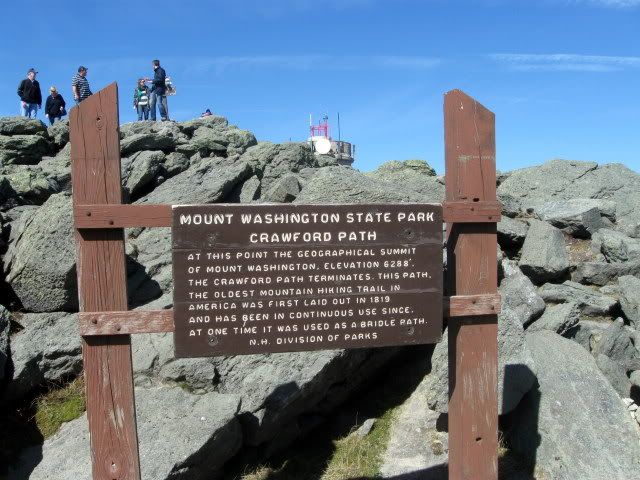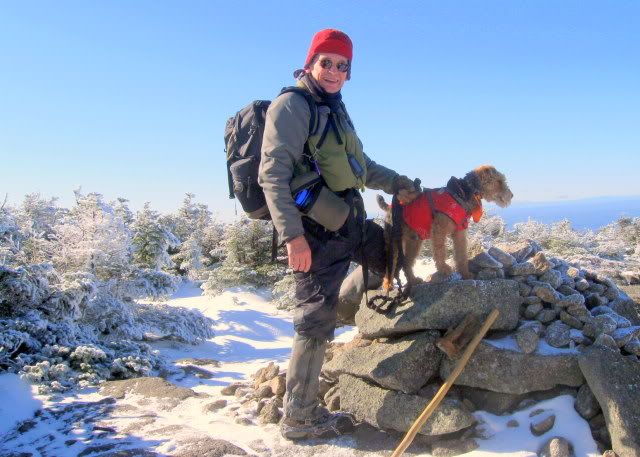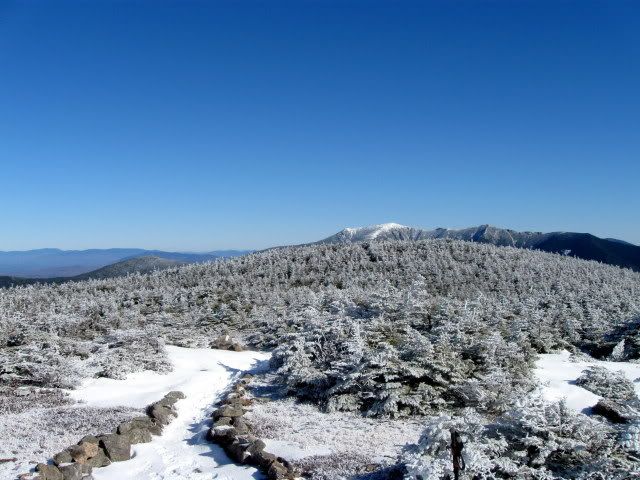Stash
Active member
On a somewhat related note, when I climbed Carrigain last week, there was a bicycle parked at the Signal Ridge Trail sign by Sawyer River Road. I don’t know if the cyclist was making a first ascent or not, but it doesn’t seem kosher to use a bicycle if the road is closed to automobile traffic. Yes, ordinarily the road would be open to all traffic, but if it’s not, wouldn‘t the Appalachian Mountain Club’s Four-Thousand Footer Committee prohibit bicycle riding for peakbagging purposes? I spent some time mulling that over while I walked, and I’m not sure what the right answer is. I think I’m against the bicycling in this circumstance, but if instead it was Route 302 that was blocked to autos but open to bicycles, I’d probably allow them to be ridden there. So I don’t know. Well, maybe Eric will weigh in with a ruling.
..or maybe the hiker didn't really care if it "counted" and simply wanted to get past the road walk quickly so they could take a nice walk in the woods.



